Platinum Spot Price
What is spot price of platinum?
The platinum spot price is the price of platinum available for delivery now. Platinum is priced by the troy ounce, which has been the standard weight for precious metals since the 1800s in the US and much longer elsewhere in the world. The spot price of platinum is influenced by several factors including the state of the economy, political events, strength of various currencies, and many other macroeconomic factors. Spot prices are used as reference points for dealers to calculate the price they should charge for physical platinum bullion coins, rounds and bars.
All of the products on our website are priced based on a premium to spot price; therefore, you will notice that prices update every few seconds during market hours. This allows customers to invest based on the most up to date market conditions possible.
Platinum as an investment
Over the past decade or so platinum prices have increased overall, catching the attention of many investors. Many people look to precious metals such as platinum to help protect themselves against the devaluation of the dollar and fluctuations in the stock market. Platinum, gold, and silver are seen as safe havens of a sort in times of financial and political turmoil.
Platinum is available for investment in many different forms including paper platinum and platinum bullion. Physical platinum bullion is most commonly found in coin, round and bar form with several size options for each. Some investors enjoy owning government minted coins while others prefer paying lower premiums for bullion bars and rounds. In any case, there are a vast amount of options available in terms of this investment vehicle.
Aside from bullion, “paper platinum” is also available in the form of ETFs and certificates. These options are different from physical platinum bullion in the sense that the owner never actually gets to hold the platinum in their hands. A platinum ETF or certificate is basically a piece of paper that says a bank or financial institution is holding a specified amount of platinum for you without you ever seeing that metal.

